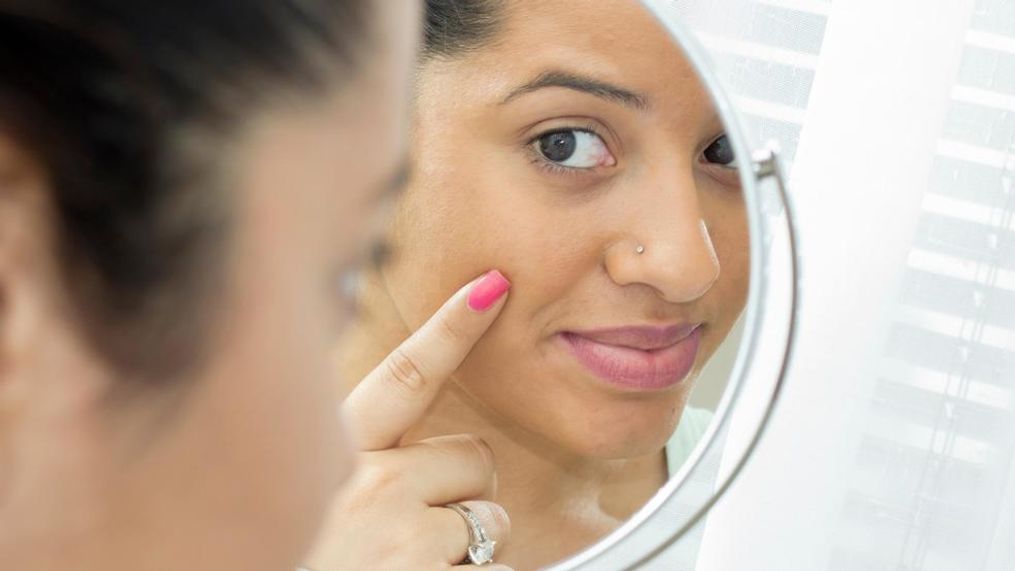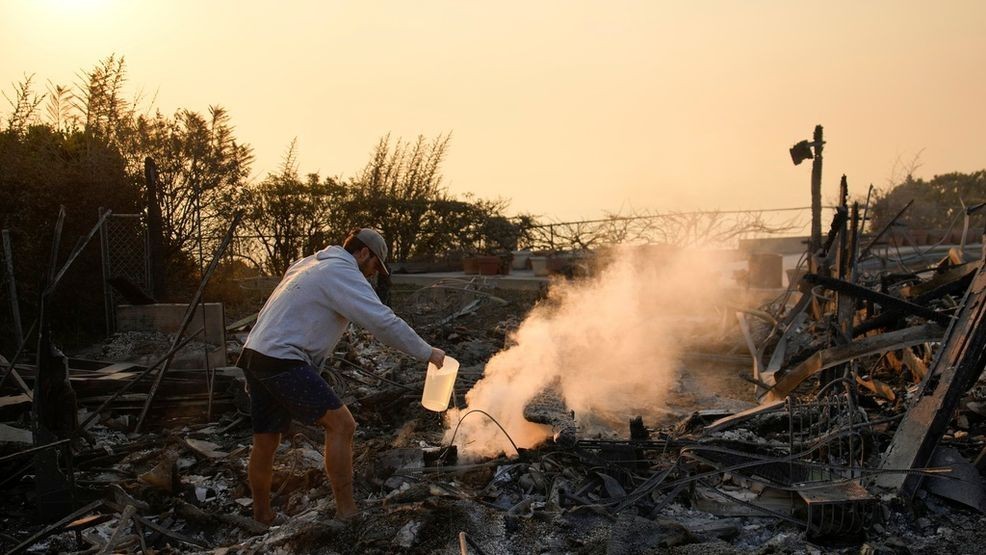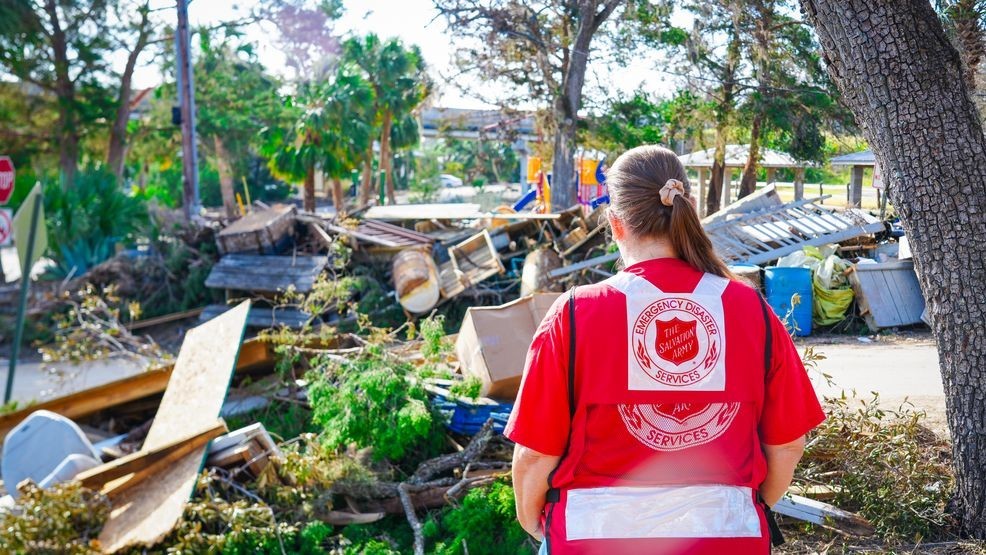These are the weirdest places you can get skin cancer

Skin cancer is most often found on the arms or face (thanks, tank tops and long car rides). But now and then, a suspicious mole can pop up on body parts you’d never think to check.
It’s easier to treat skin cancer when caught early, is still small, and hasn’t spread. But if a cancerous bump is growing on a body part that’s not so visible or looked at often, it might go undetected and escape early intervention.
For those hard-to-see body parts, use a hand mirror ask a friend or loved one to do a full body scan. Don’t dismiss any unusual spots you find, and always check with your doctor if you see something concerning.
Here are a few odd (but not out of the ordinary) places skin cancer has been known to make an appearance:
Eyelids. Surprisingly, the eyelid region is one of the most common sites for nonmelanoma skin cancers. According to the Skin Cancer Foundation, skin cancers of the eyelid, including basal cell carcinoma, squamous cell carcinoma, and melanoma, account for five to 10 percent of all skin cancers. The symptoms of eyelid skin cancer can vary. Keep an eye out for a scar-like bump, a mass or tumor, ulceration or sore, a red spot, swelling of the eyelid, or ingrown eyelashes. Just another reason to rock sunglasses this summer, right?
Bottoms of the feet. It might seem odd since UV damage causes most skin cancer. And how often are the bottoms of your feet exposed to the sun? But two relatively uncommon types of skin cancer, Acral lentiginous melanoma (ALM) and mucosal melanoma, are usually unrelated to sun exposure, says the Skin Cancer Foundation. Marcy Street, MD, told the Skin Cancer Foundation that “ALM is most often found on the palms of the hands, soles of the feet, and under the nails. Mucosal melanoma develops on mucosal surfaces in the body such as the mouth, sinuses, nasal passages, and genitals. Both ALM and mucosal melanoma are more common than other forms of the disease in people of color, and both can become fast-moving and dangerous because they are frequently discovered later, remaining undetected until the cancer has spread to other areas of the body.”
Under the nails. Subungual melanoma is a rare form of skin cancer that begins in the nail matrix, a part of the nail bed that protects the underlying skin, according to Healthline.com. If not treated, it can spread to other parts of the body. Check your nails for a light or dark brown-colored band on the nail (it’s usually vertical), a dark stripe on the nail that slowly expands, dark nail pigmentation that grows to the surrounding skin, a nodule underneath the nail, nail brittleness and cracking, or bleeding at the site of the pigmentation. It usually only affects one nail at a time and resembles trauma to the nail.
Ears. According to Cedars-Sinai Medical Center, approximately 200 cases of ear and temporal bone cancer are diagnosed each year in the United States. Your ears need sunscreen just like the rest of your body. A cancerous lesion on the ear usually starts on the outer ear, but if not treated early, can spread to the inner ear and ear canal.
All in all, if you something that looks suspicious on any part of your body, go to your doctor and have it examined.
Sinclair Broadcast Group is committed to the health and well-being of our viewers, which is why we initiated Sinclair Cares. Every month we’ll bring you information about the “Cause of the Month,” including topical information, education, awareness, and prevention. July is UV Awareness Month.













